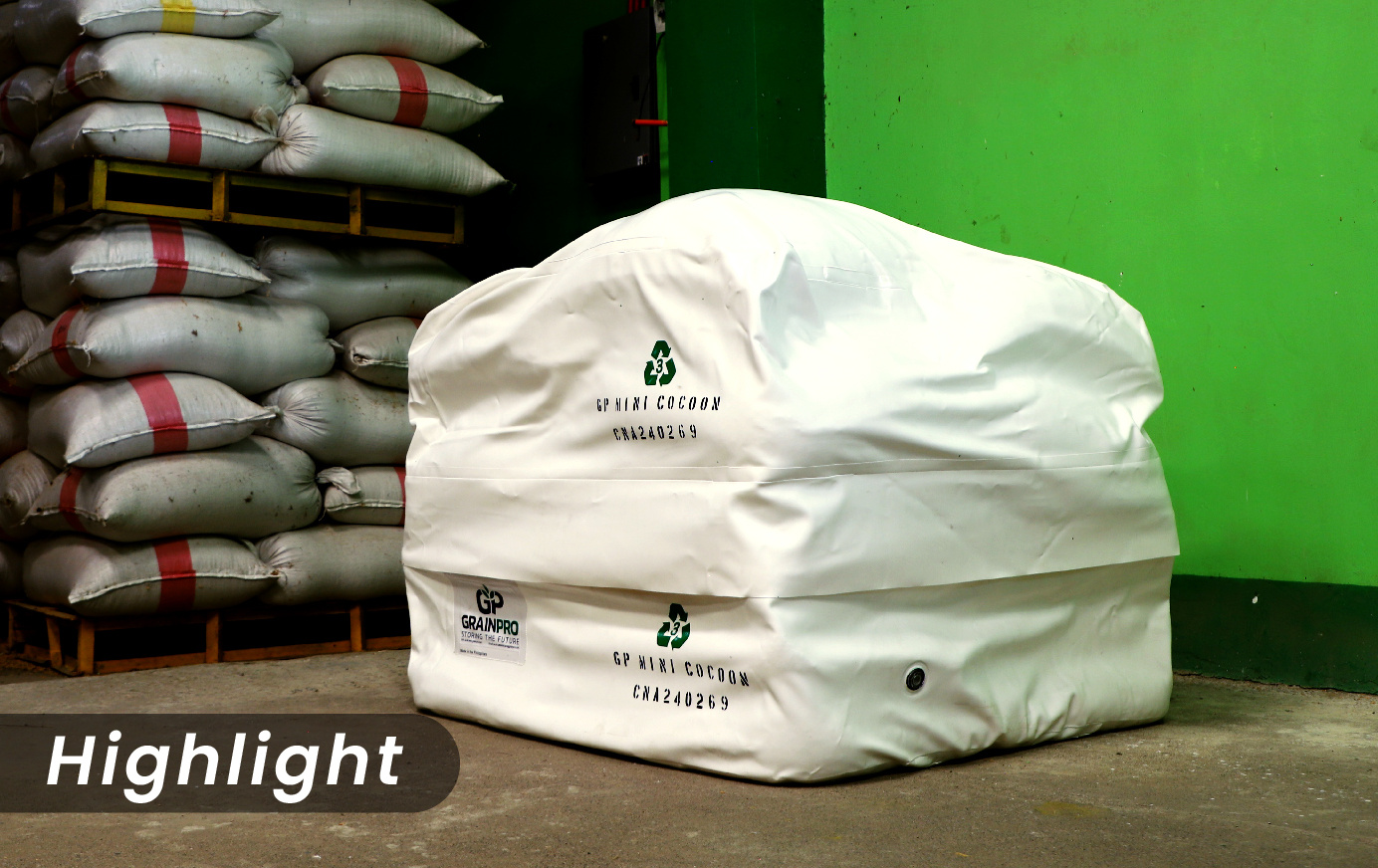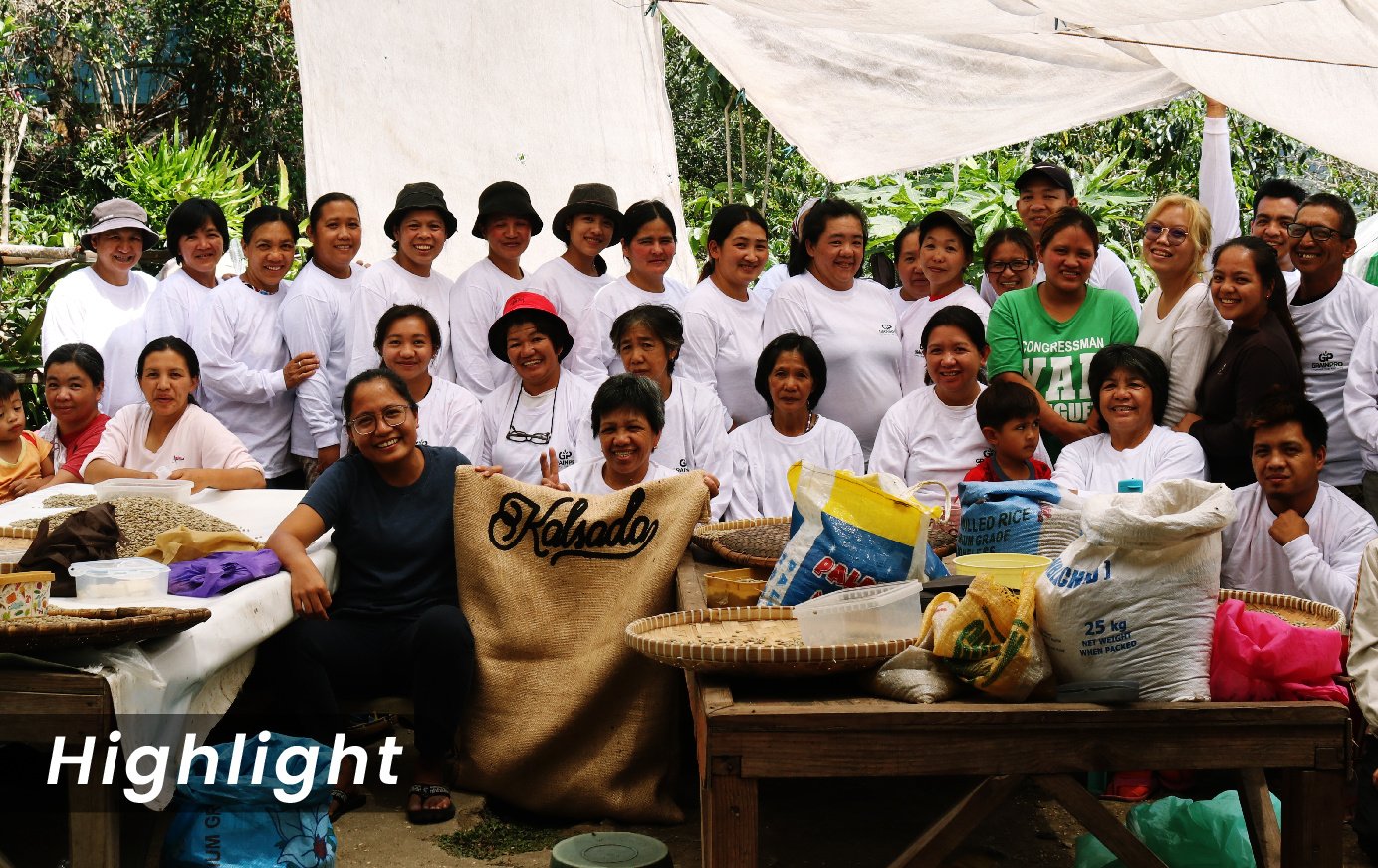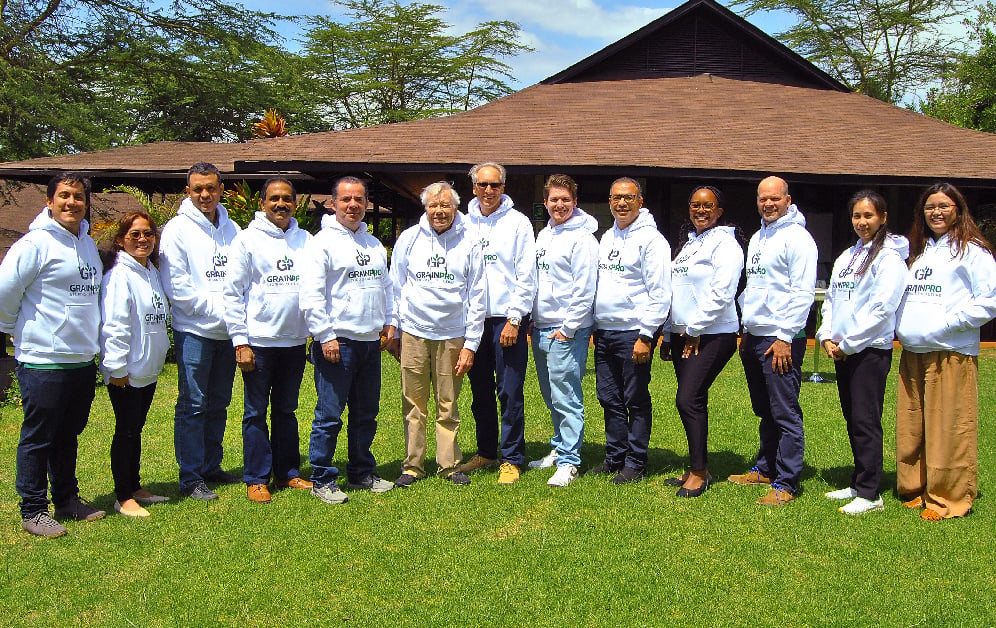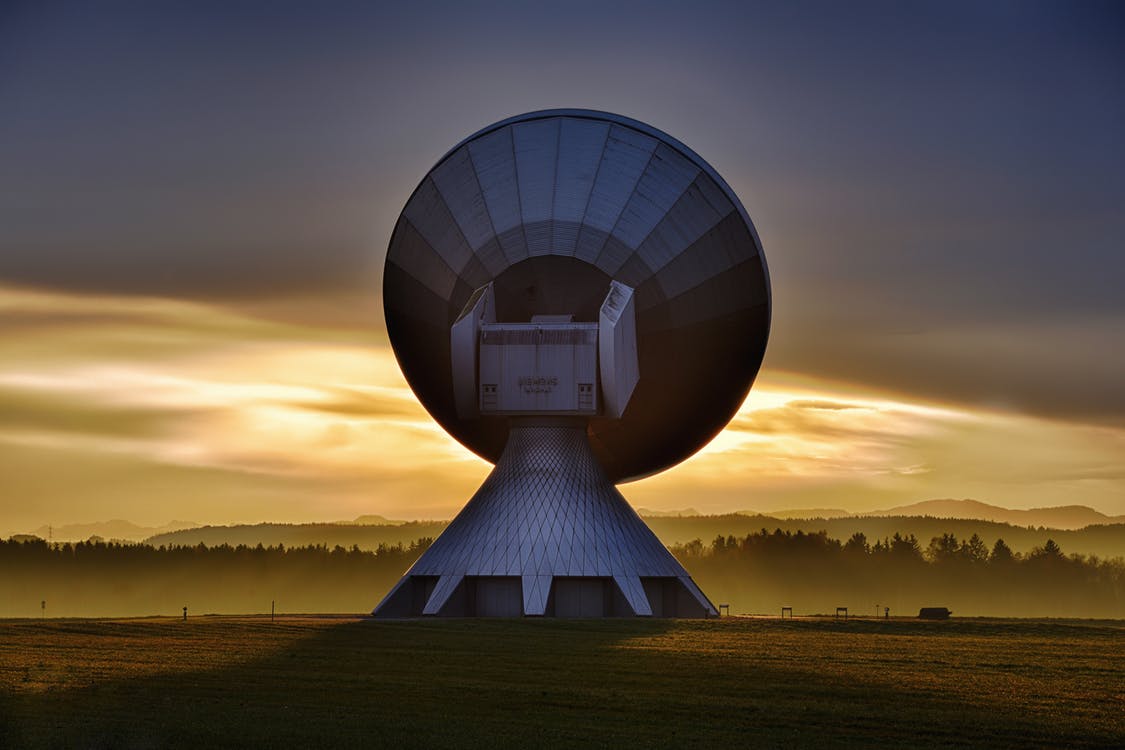For years, food and feed processors have always wondered about the conditions of their crops during storage. In many cases, they are unable to physically check the status of their crops.
Fortunately, satellite and internet communications have made it possible to remotely monitor everything through remote sensing technology. This technology is being used in numerous ways. In food production, remote sensing technology is currently being used for agricultural mapping, forecasting, and crop tracking which can help increase yields. Tracing the journey of specialty coffee is important, especially in the specialty coffee industry.
However, remote sensors can also be used in the post-harvest processing of food production as well. For example, since condensation can form during storage, relative humidity and temperature—factors in the development of condensation, which creates a favorable environment for pests and fungi—can be monitored. Also, in a gas-tight storage container, oxygen and carbon dioxide levels could be easily measured and monitored by remote sensors, preventing the spread of insects. This will limit human intervention and the use of chemicals by placing commodities and the insects feeding on them in a gas-tight chamber that will starve them of oxygen.
From a business perspective, remote sensing can become an important tool to reduce the financial risks associated with food and feed storage. Food producers can now increase financers’ confidence or improve their chances of having the stored commodity accepted as collateral.
There are many benefits to remote sensing in the agriculture sector and the possibilities are limitless for food producers such as irrigation and land mapping, yield prediction and crop growth monitoring, and farmland weather forecasting, just to name a few. Although investing in such technologies can become costly, it can be very rewarding with potential benefits for both producers and consumers.
Related: Optimizing Post-harvest Management through Data Collection
Date Published: October 4, 2018





